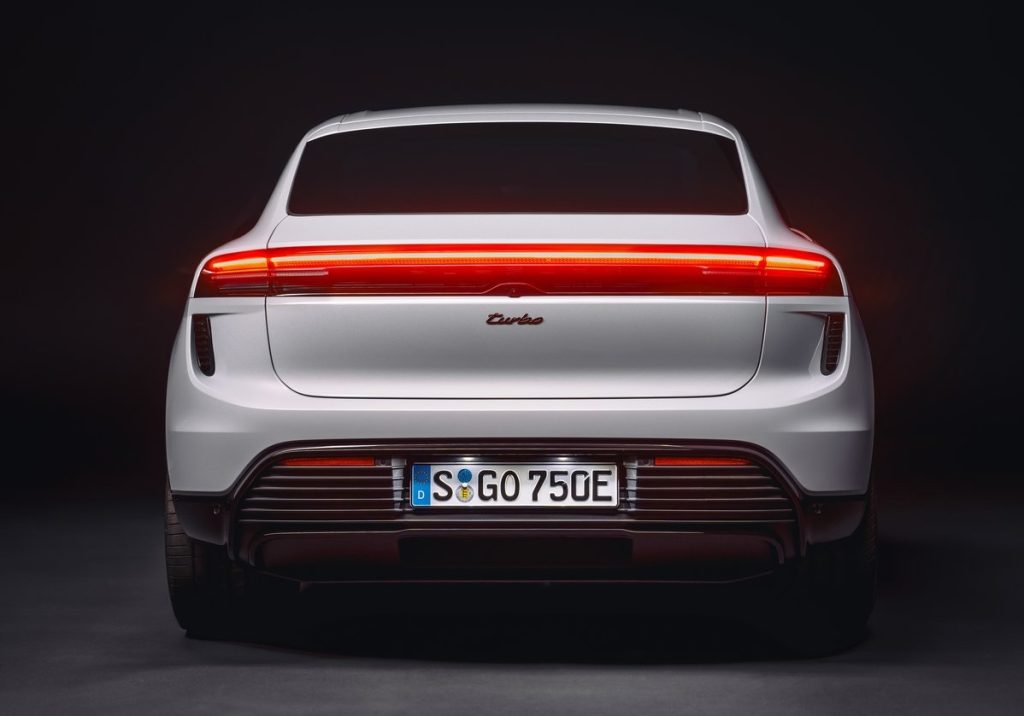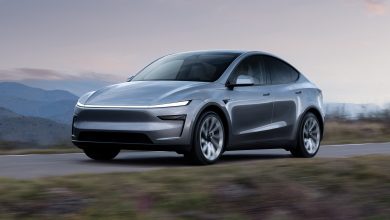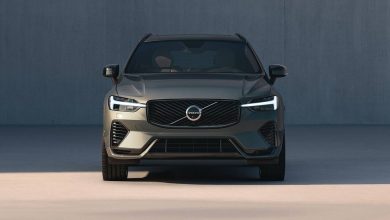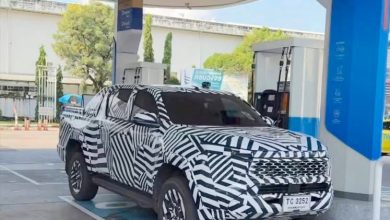2nd Generation Porsche Macan Debuts In All-Electric Guise Only
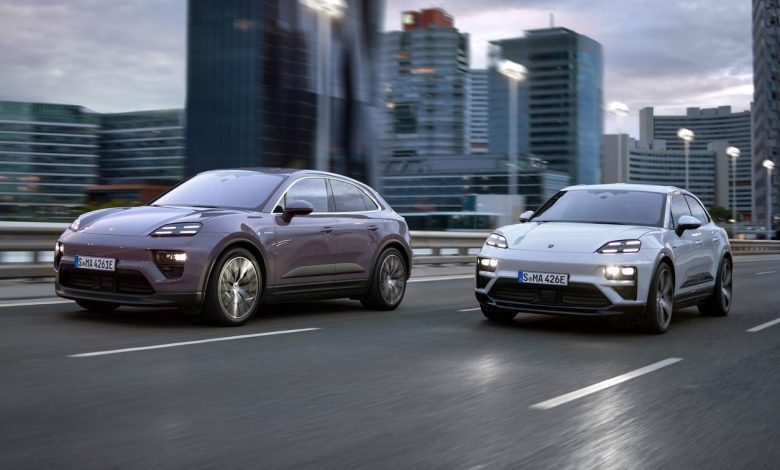
This all-electric mid-sized crossover from Porsche premieres in Macan 4 and Turbo trims.
While Porsche may still be experimenting with e-fuels to keep its ICE sports car dreams alive, the automaker is nevertheless well aware of the future for its more mainstream lineup will be EVs. Such is therefore the reason why when it comes to replacing its best-selling model, the Stuggart stallion has decided that the new Macan will only be available with an all-electric heart.
The first time Porsche is transitioning an existing nameplate to from ICE to EV, this 2nd-generation of Macan will be a key bit in the automaker’s plan to phase out its petrol offerings and make electric models comprise 80% of its global sales by 2030. Two variants of this crossover will be made available from launch – the Macan 4 and Turbo, with likely more trims in between them to arrive in the near future.
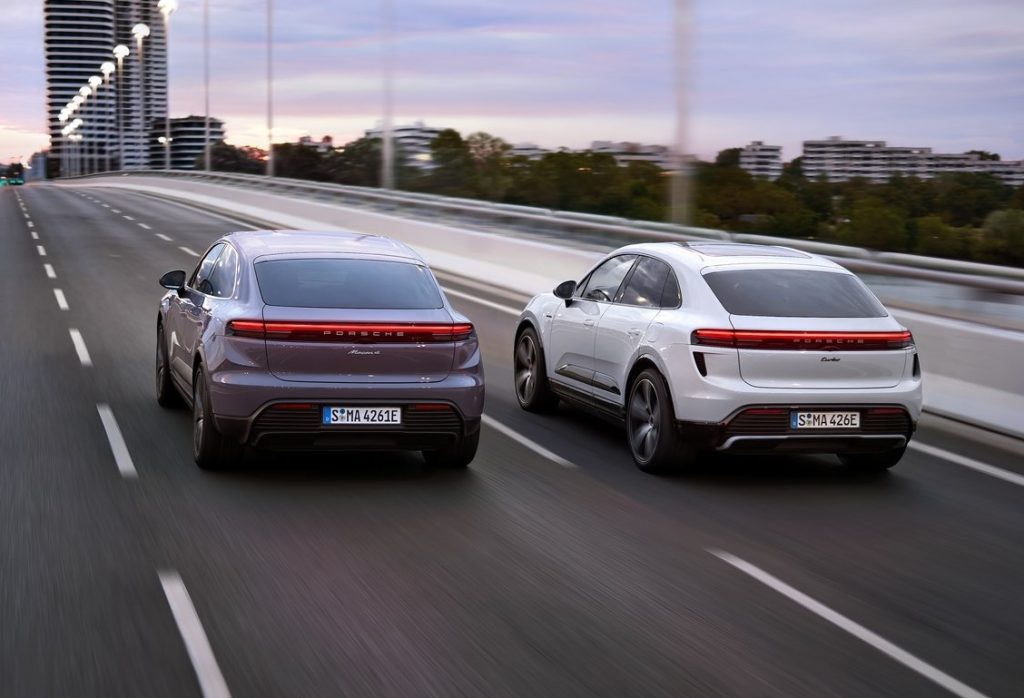
And going straight into the performance specs of both variants first, the current base Macan 4 is to be capable of outputting a combined 402 hp and 648 Nm of torque from its twin-motored all-wheel drive setup. This in turn sees for it to rocket its way to 100 km/h from a standstill in a respectable 4.9 seconds, before topping out at 220 km/h.
As for the Turbo on the other hand, its dual-motor setup makes 630 hp and a whopping 1,128 Nm of torque. Figures that in turn translates to a more Germanic top speed of 260 km/h and a century sprint time of just 3.1 seconds, which is incidentally marginally quicker than what could be achieved by Porsche’s own 911 GT3.
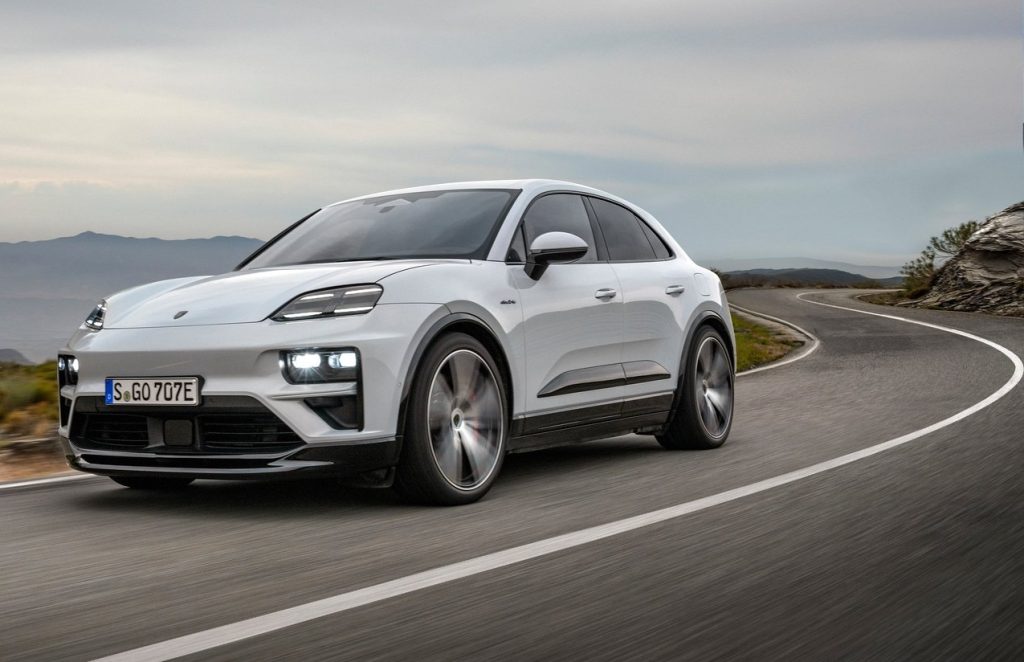
Now moving onto what feeds said drive motors in both Macans, power within this all-electric crossover comes courtesy of a 100 kWh (gross, 95 kWh usable) lithium-nickel manganese cobalt battery pack. Running on to an 800 V electrical architecture, Porsche is currently touting for it to accept up to 270 kW when plugged into a suitable DC charger, and hence giving a 10-80% top-up within 21 minutes.
Perhaps more interestingly though is that when plugged into a 400 V charger, the battery pack effectively splits in half and charges in parallel to reduce charge times significantly. Porsche further claims that the battery can even recharge at a maximum rate of 240 kW during braking events up to 0.5 G, which will be useful in giving a boost to the Macan’s official WLTP ranges of 610 km for the Macan 4 and 590 km for the Turbo.
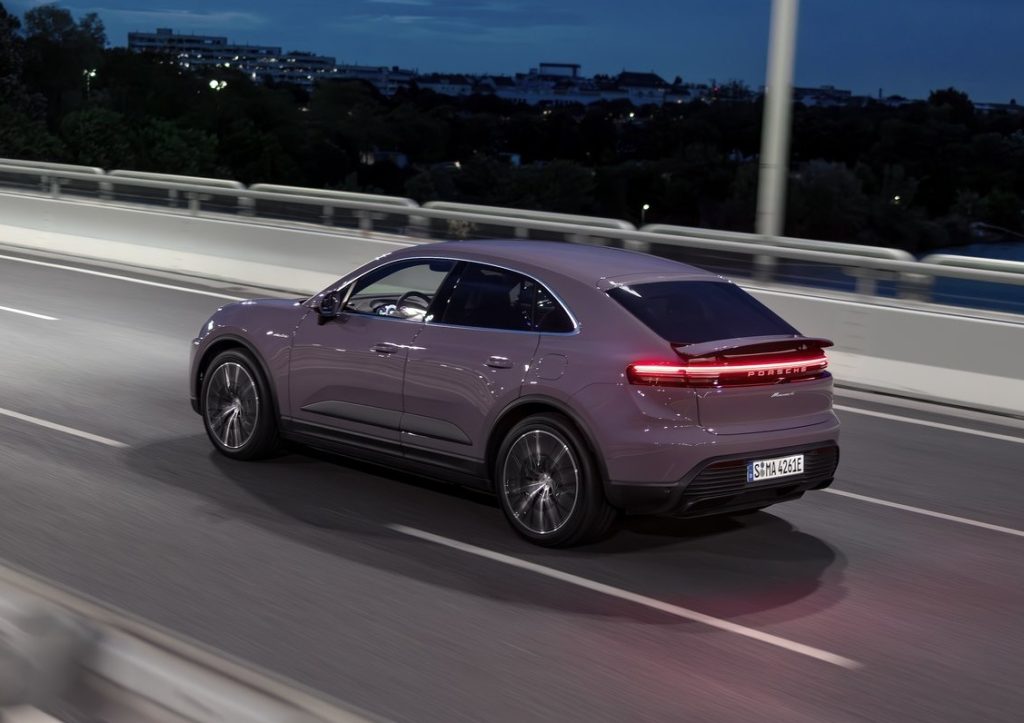
Just continuing a little bit more on the business of math and discussing dimensions here, the new Macan measures is 58 mm longer than its ICE predecessor at 4,786 mm. It is also to be 76.2 mm taller at 167.1 cm and a full 224 mm wider at 215.1 cm, but interestingly its wheelbase of 2,893 mm is 86 mm shorter than its predecessor.
Design-wise meanwhile, the new Macan is a rather blobby blend of its predecessor and Taycan. A lower bonnet line that is flanked by rectangular LED headlights is gives the game away for the engine that once lived in there has instead become a frunk (with an 84-litre capacity), while the more rakish rear silhouette has traded the rear wiper for a retractable spoiler.
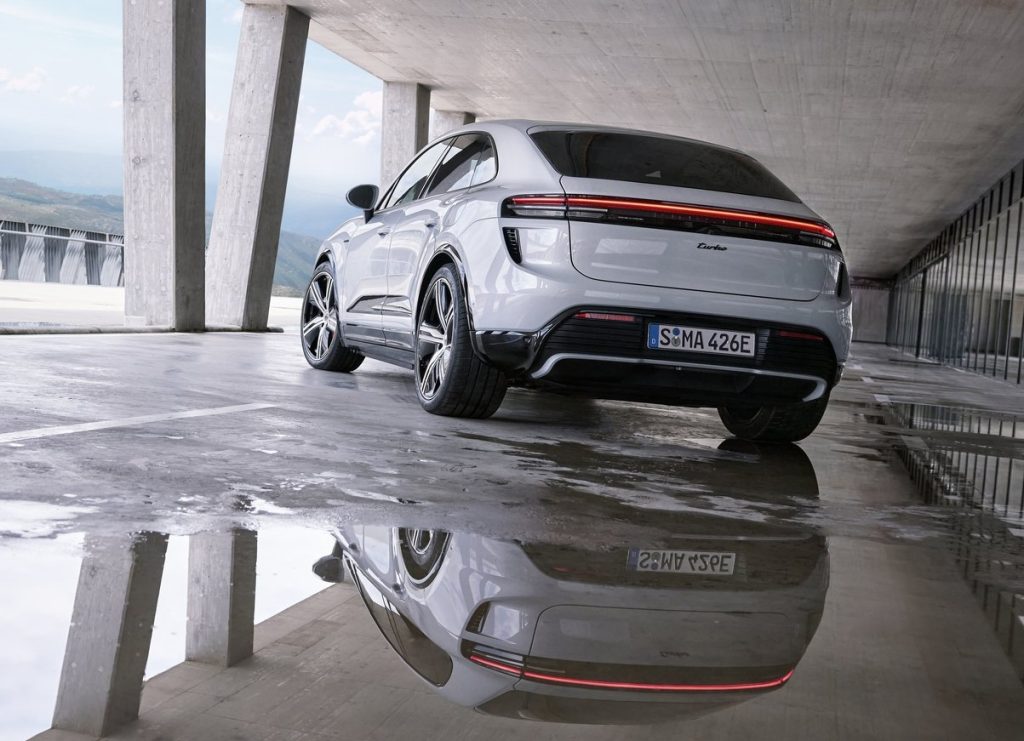
Unlike other automakers however who went with a radical interior redesign when they went down the full EV route, Porsche has refreshingly kept the interior aesthetic of this new Macan rather traditional. Following on from the design and layout currently observed in the Cayenne and recently-refreshed Panamera, this new compact crossover’s cabin currently packs a 10.9-inch central infotainment display, flanked by a 12.6-inch digital instrument cluster and an optional 10.9-inch passenger screen.
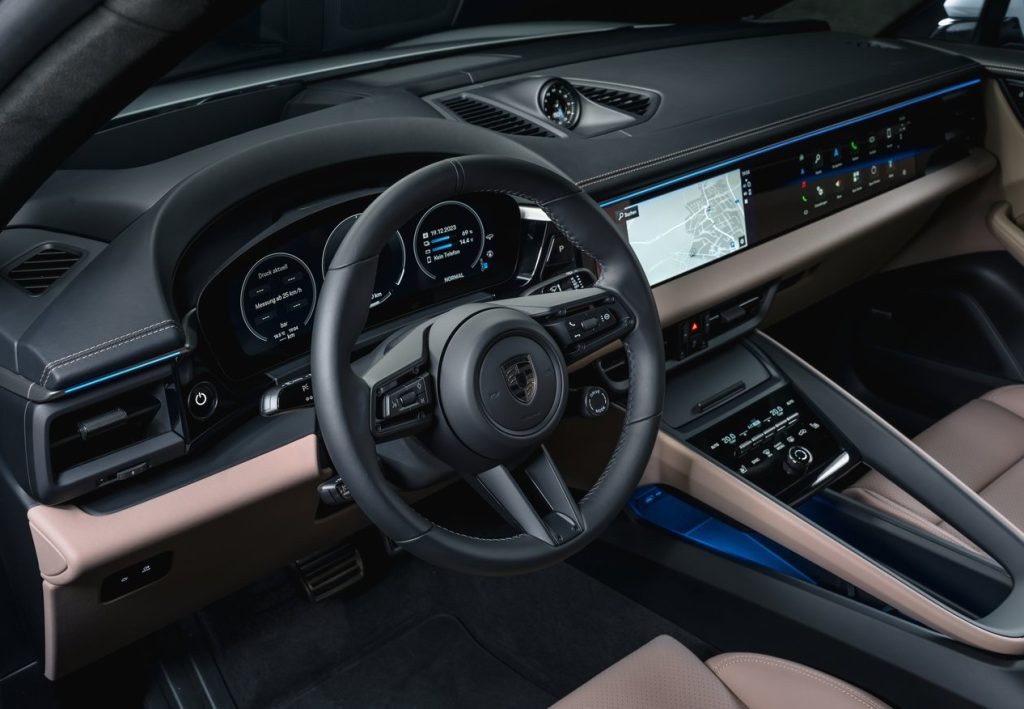
There is nevertheless some new tech toys within, which is headlined by an augmented reality heads-up display. Other nifty technical highlights worth mentioning on this second-generation Macan is an optional rear-wheel steering system, that is capable of turning the rear wheels up to five degrees in or out of phase with the fronts, in addition to a new electronically controlled Porsche Traction Management system, which has been claimed to operates up to five times faster than the four-wheel drive system of the outgoing iteration.
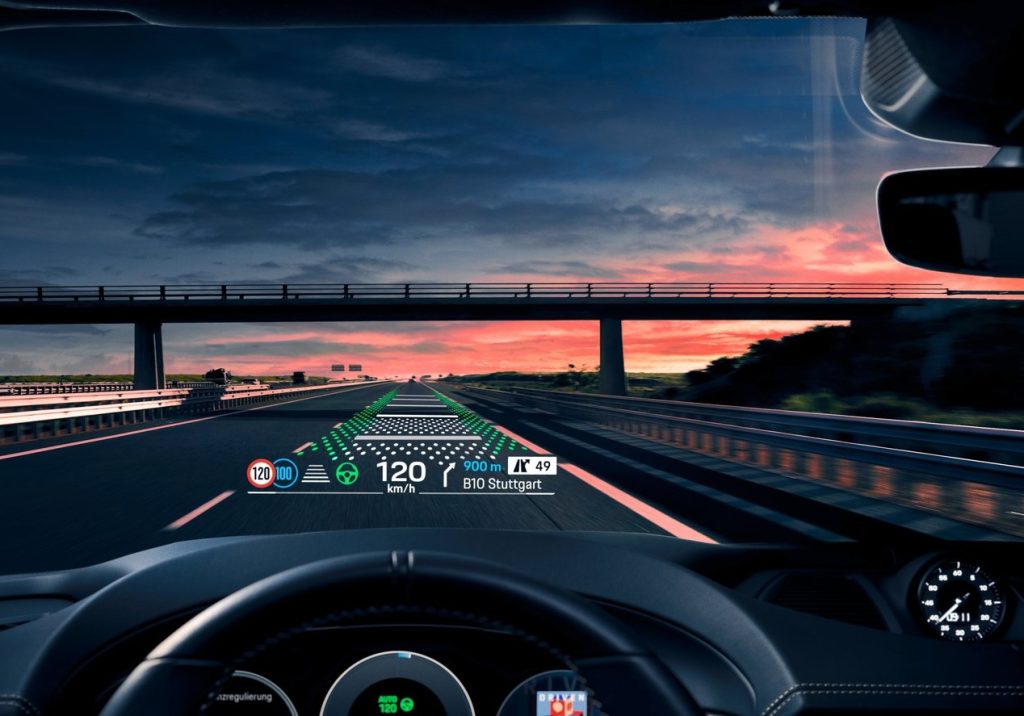
In Porsche’s aim to ‘offer the sportiest model in its segment’ too, the multi-link suspension setup on all four corners of this new crossover is augmented by steel suspension with new twin-valve dampers on the Macan 4, while the Macan Turbo receives a more advanced air suspension set-up with Porsche Active Suspension Management (PASM) and variable electronic damping control. Said top-tier variant also nets Porsche Torque Vectoring Plus, which acts as a locking rear differential to apportion power to each rear wheel according to traction and yaw rates.
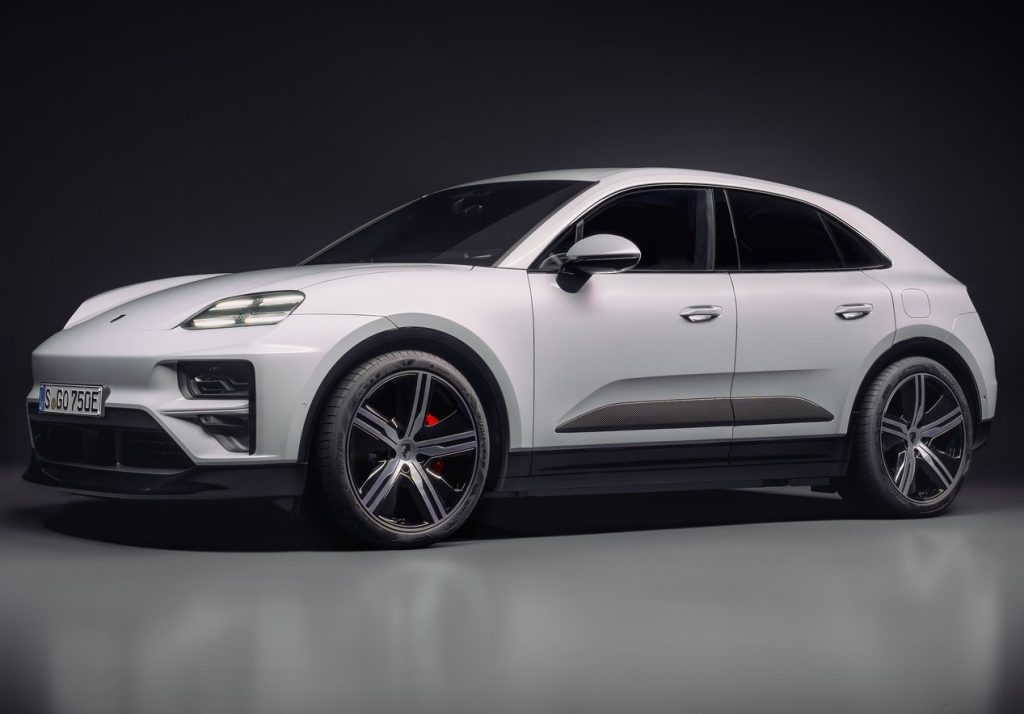
Of course, all this EV-ness unfortunately does not come cheap. The current base Macan 4’s $80,450 (RM 380,000) is to be nearly $19,000 (RM 90,000) more than the outgoing petrol-powered base model, with the Turbo’s $106,950 (RM 506,000) being a similarly steep jump in price from the the current range-topping GTS trim.
That said, with the EV tax-free incentives still available over here until the end of 2025, expect this new Macan to be one of Porsche Malaysia’s best sellers when it eventually arrives locally. Though given that these crossovers will only be entering proper production later this year, a little patience may be required before it eventually lands on our shores.
